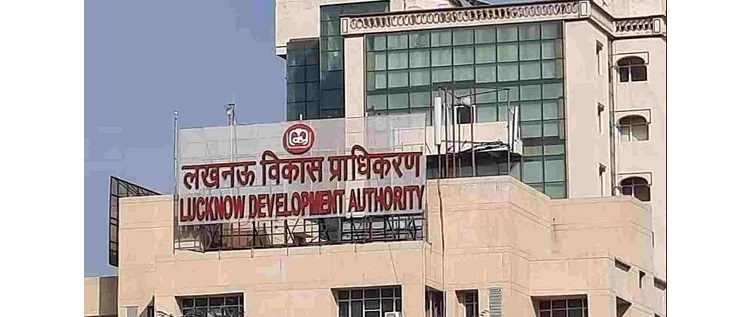E - PAPER
After 21 years, work finally begins on Navi Mumbai Airport
Prime Minister Narendra Modi, on February 18, 2018, laid the foundation stone for the first phase of the Rs 16,700-crore Navi Mumbai International Airport, which will give a breather to the choked single-runway Mumbai airport. The event took place about 21 years after the idea was first mooted. “
 BY
admin
BY
admin
Published - Tuesday, 20 Feb, 2018

Prime Minister Narendra Modi, on February 18, 2018, laid the foundation stone for the first phase of the Rs 16,700-crore Navi Mumbai International Airport, which will give a breather to the choked single-runway Mumbai airport. The event took place about 21 years after the idea was first mooted.
“While the aviation sector is growing fast (clipping at 20 per cent for the past many months), aviation infrastructure is lagging behind. Our endeavour is to increase the speed of work,” Modi said, after performing the ground-breaking ceremony for the airport. The function was also attended by governor CH Vidyasagar Rao, union transport minister Nitin Gadkari, state chief minister Devendra Fadnavis and GVK Reddy of the GVK Group, which is building the airport in association with state-run infra development agency CIDCO, in a 74:26 equity structure.
Modi said the Navi Mumbai Airport is one of the many projects, worth over Rs 10 trillion (Rs 10 lakh crores), which were stuck and his government has provided funds and it is now progressing. “I believe the airport will be operational on time,” he said without putting a timeline to it. Although the City and Industrial Development Corporation (CIDCO) has been claiming that the first phase, with passenger capacity of 10 million, will be ready by 2019, the junior aviation minister had said the work would not be over before the next five years.
The Rs 16,700-crore Navi Mumbai Airport was planned way back in 1997, as a secondary airport to meet the growing needs of Mumbai, at an investment of Rs 3,000 crores. The project was inordinately delayed due to myriad factors, including political indecision, issues of environmental clearances and funding. CIDCO, which is developing the new airport along with GVK Group, expects the first flight to take off in 2019. The GVK Group holds 74 per cent stake in the project, the rest being held by the CIDCO and the Airports Authority.
However, the land needed for the airport (over 2,268 hectares of which nearly 1,160 hectares will be used for aeronautical purposes) is yet to be fully acquired. Ten villages in Navi Mumbai have been impacted by the proposed airport. Until now, CIDCO has rehabilitated close to 400 of the 3,500 affected families. Each family has been offered alternative plots, monetary compensation, construction aid, rent allowances and additional amenities in Pushpak Nagar, where they will be rehabilitated.
The new airport will have two parallel runways and will handle close to 80 flights an hour. It is expected to significantly ease the load on the congested Mumbai airport, which handles over 900 flights a day (the peak was 980 flights in mid-January) and is known as the world’s busiest single-runway facility, accounting for almost over 25 per cent of the entire air traffic in the country.
The first phase of the Navi Mumbai Airport is likely to be completed by the end of 2019, with one runway and the terminal building ready to handle up to 10 million passengers. The second phase, to be completed by 2022, will take the handling capacity to 25 million passengers. The third phase will be completed by 2027 and at the completion of the fourth phase by 2031, the capacity will be 60 million passengers. The Mumbai airport’s capacity is 40 million but since 2016 it has been handling millions of passengers more than its capacity.
RELATED STORY VIEW MORE
TOP STORY VIEW MORE

Mixed Outlook for Australia's Housing Sector In 2024
Mixed Outlook for Australia's Housing Sector In 2024
05 December, 2024NEWS LETTER
Subscribe for our news letter
E - PAPER
-

CURRENT MONTH 
LAST MONTH














